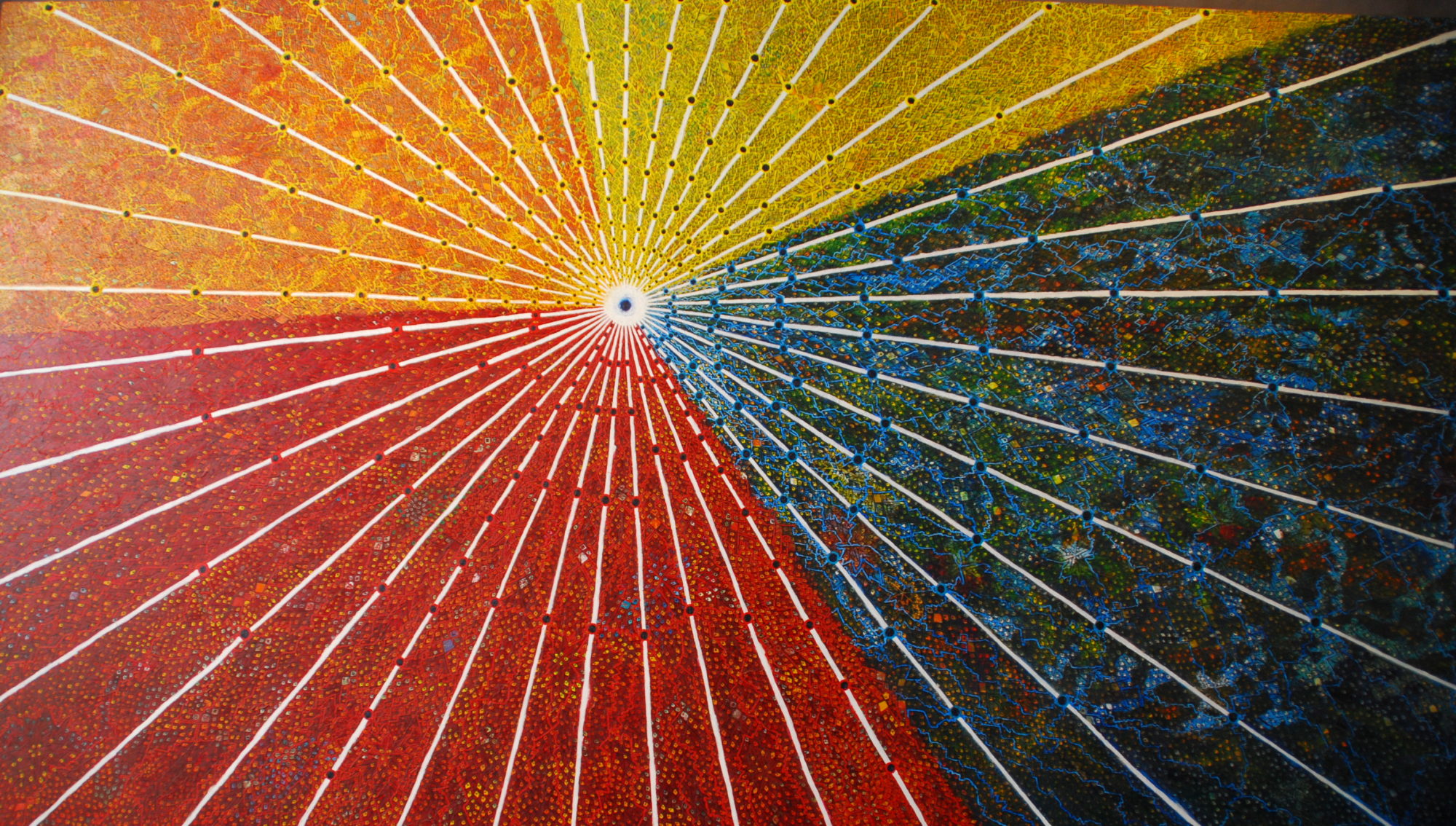Wherever we go, even the most touristed cities, we make an effort to get a bit off the most beaten of tracks. We find the local restaurant and have the set lunch menu, surrounded by families and business people. We wander around the neighborhoods, shop in the weekend food markets, and whenever possible, try to talk to locals. But regardless, we are tourists.
In Quito, we’ve had a bit of a different experience, however; here we’ve seen the city through different eyes, all thanks to a connection first made thirteen years ago. You see, during the 1996-97 school year, my uncle and his family hosted an exchange student from Quito, and I thus gained an Ecuadorian cousin, Sole. Through the years since Sole lived in Louisville, our family has kept in touch with this long-distance extension of the family, and now many years and many life changes since our gatherings around Zimmerman dining tables, we have managed to reunite.
As her American cousins, we have been welcomed into her home and treated with the warmest hospitality by Sole, her husband Fabrizio, and their son Nicolas, not to mention her parents, sisters, cousins, and other family members who live near by. Essentially now not only is Sole a Zimmerman, but Jeff and I are also Naranjos.
And while Sole has been the best tour guide we’ve had—through the Old Town of Quito, to restaurants in La Mariscal and much less tourist-frequented areas, on day trips to Mindo, Mitad del Mundo, Otavalo, and Papallacta, and even on an exclusive tour of the only wool hat factory in Quito (owned by her husband’s family)—it’s not the sites that will stick out in our minds say another thirteen years from now. No, instead what we will remember is the comfort of being in a home where we felt welcome and were able to throw down our backpacks for a while. We’ll remember homecooked lunches at Sole’s parents every afternoon. We’ll remember pillow fights with Nicolas. We’ll remember after-dinner conversations with Sole and Fabrizio. We’ll remember Quito as a well-loved and well-lived-in city. And most importantly, we’ll remember that in a year of being essentially homeless, for a while, we had a home in Ecuador.




















You must be logged in to post a comment.